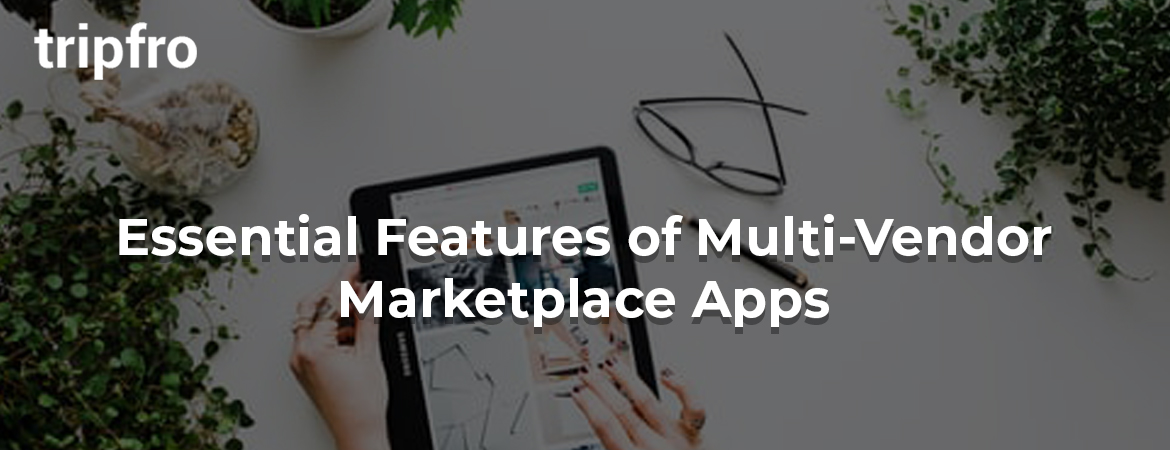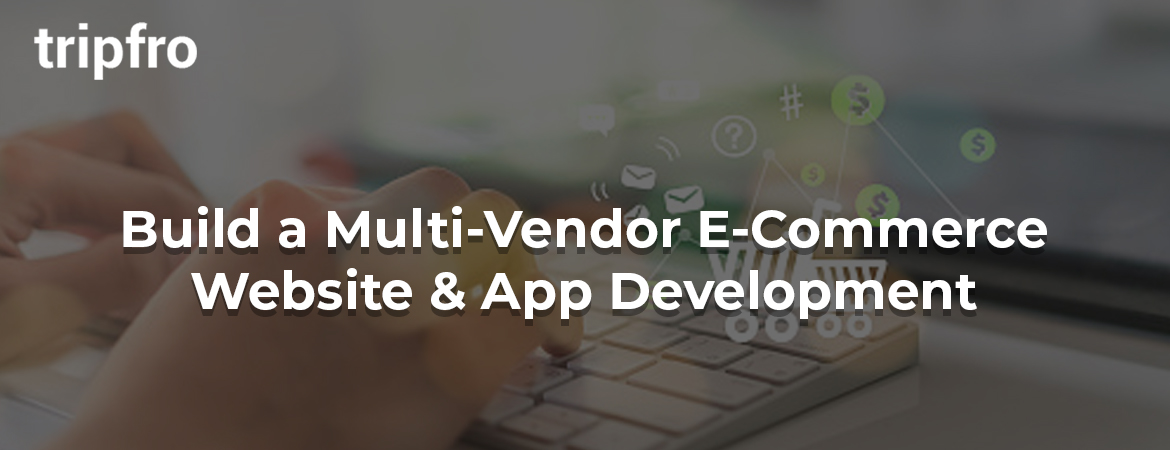Clients and Partners
Trusted by 1000+ companies around the world
Trusted by 1000+ companies around the world

Our service never stops with the sales of our softwares or API Solutions. It goes on in the form of after-sales service since we understand that our products are designed to satisfy your requirements for many years to come.We’ve an established and efficient system in place to deal with all of your after sale support needs.




Every project we take on starts with the aim of being our 'best yet', so you can be assured that our attention to detail and high quality work is present in every job we craft. We want our customers to be as excited and proud of the end product as we are, and we strive towards that goal every day.


Whatever your Business requirement, Tripfro offers completely managed best fit travel technology solution.

 Configure credit limit and deposits
Configure credit limit and deposits Multilingual travel websites
Multilingual travel websites Add offline travel bookings
Add offline travel bookings Distribute white labels
Distribute white labels Dynamic fare caching
Dynamic fare caching Commissions and markup control
Commissions and markup control Advanced Reports
Advanced Reports Manage multiple branches
Manage multiple branches Sub Agents can create and manage multiple branches and users
Sub Agents can create and manage multiple branches and users Optional cross selling platform
Optional cross selling platform SMS gateway
SMS gateway Multi currency transactions for agents and suppliers
Multi currency transactions for agents and suppliers Business intelligence reports
Business intelligence reports Online travel booking engine
Online travel booking engine Multiple sales channels - B2B, B2B2B, B2B2C
Multiple sales channels - B2B, B2B2B, B2B2C Centralised mid-office
Centralised mid-office Ability to connect multiple GDS, LCC, and third party APIs
Ability to connect multiple GDS, LCC, and third party APIs Complete Reservation Management
Complete Reservation Management Travel Agent Management
Travel Agent Management Transactional Accounting
Transactional Accounting Accounting System Integration
Accounting System Integration Comprehensive system to manage rates, discounts and allocation
Comprehensive system to manage rates, discounts and allocation Payment Gateway Integration
Payment Gateway Integration Multiple Supplier APIs
Multiple Supplier APIs Add direct contracts
Add direct contracts Redistribution API
Redistribution API

What are Multi-Vendor Marketplaces?
A multi-vendor marketplace is an online Marketplace that is managed by more than one retailer. One must have seen websites that sell products from a single brand. For example Levi’s etc. These are Single-Vendor marketplaces. Although on the other hand, we have websites like Amazon that sell all these products.
Online Marketplace streamlines the production process through one simple portal, where the manufacturers sell their products directly to the consumers, therefore avoiding the stagnant process of stock holding.
A multi-vendor marketplace is one that integrates multiple brands and multiple retailers at the same time. Amazon is one of the biggest names in this category but there are plenty of websites in this category.
This allows the retailer to manage their inventory, Products, and delivery by themselves. Unlike Single-Vendor Marketplace, a multi-vendor marketplace requires a very large team to manage the website.
These marketplaces are also often defined under the term multi-vendor marketplace and sharing economy platforms. Here are some marketplace basics to help you decide what kind of multi-vendor store is the right business model for you.
Build A Multi-Vendor eCommerce Website & App Development

As a leading multi-vendor eCommerce marketplace software development company, we create fully functional eCommerce multi-vendor marketplace platforms for adding multiple sellers and keeping track of their eCommerce sales.
Multi-vendor marketplace software comes with powerful features including an easy-to-use interface, simple payment methods, social media integrations, rewards and discounts, ratings and reviews, and more.
Our expert eCommerce developers build the highly intuitive user interface and user experience that meet your business objectives with its rich feature set. The site admin can set up shipping regulations, modify products in the marketplace, and add new sellers or vendors.
Our fully customizable multi-vendor eCommerce solution allows for selling multiple products through a single storefront and customers can add products from different vendors to their single shopping cart.
Our multi-vendor eCommerce marketplace development services cater to eCommerce businesses of all sizes to set up and manage marketplaces quickly, affordably, and efficiently, along with a focus on providing full control over your eCommerce store’s functionality.
Enriched with all the necessary features, our multi-vendor marketplace can create various plans for customers and a robust system for managing the payment process for sellers.
Our marketplace multi-vendor script is not only a perfect off-the-shelf eCommerce platform but is also completely customizable! Its mechanical UX design gives you an edge over your competitors as it is created after going through different stages of testing and development to work pitch-perfect.
Our multi-vendor eCommerce market software platform will support you to build your online store where multiple vendors can sell through one single store. Be it customers (buyers), vendors (sellers), or store managers (site admins), anyone can use TripFro's multi-vendor eCommerce system incredibly at extreme ease.
Merchants can control their dashboard individually to view and manage their products in a common area. The important technology of TripFro lets the site administrations take full control of handling sellers, have a track of the sales, and set commissions rates on a flexible interface.
Architecting and developing a marketplace will require more experienced ecommerce developers who can build feature-rich successful multi-vendor software platforms.
Models of Multi-Vendor Marketplaces

Marketplaces by the Target Audience
Business-to-Business Marketplaces
Peer-to-Peer Marketplaces
A peer-to-peer (P2P) or customer-to-customer (C2C) marketplace connects individuals with similar needs, tastes, and incomes to share products and services with each other.
The most essential thing about this type of marketplace is that today one person can be a consumer but tomorrow they can become a service provider. The P2P model features a shorter sales cycle and the average length of relationship compared to the B2B and B2C models.
The concept of this type of marketplace is the following: peers can share products (like on Etsy) or services (like on Uber or Airbnb) in exchange for money or other products and services. P2P marketplaces are part of the sharing economy, helping people make optimal use of resources through renting, not buying.
Business-to-Customer Marketplaces
The B2C marketplace model involves two types of users: business and customers. In this model, businesses sell their products and services not to other businesses but directly to customers.
Many B2C marketplaces are one-stop shops where customers can buy a variety of goods online. As this model is one of the most popular today, there are lots of famous B2C marketplaces.
Marketplaces by focus
Horizontal Marketplaces
A horizontal marketplace, on the contrary, offers products and services in various industries to different customers in different regions. This type of marketplace is considered a one-stop-shop, fulfilling various customer needs in one place.
It can be compared to walking in a mall with lots of stores, only online. Most famous marketplaces such as eBay, AliExpress, and Amazon are horizontal and offer a large variety of goods.
Vertical Marketplaces
As the name suggests, vertical marketplaces focus on a particular area or niche. Instead of selling everything to everyone, they offer a narrow segment of services and goods.
Having a website dedicated to a specific niche allows you to stand out among competitors, offer higher-quality products and services, and increase personalization.
The most prominent example of a vertical marketplace is Etsy. This platform focuses on craft supplies and handmade and vintage goods. The StockX marketplace only sells authentic sneakers.
5 Types of E-marketplace: Comparisons with Examples
1. Hyperlocal Marketplace:
The concept of hyperlocal came into the picture when people started to look for nearby options while searching for shops, restaurants, etc. through search engines.
In this marketplace model, the aim is to provide facilities and services within the shortest possible time from local vendors. The hyperlocal e-commerce marketplace is quite similar to marketplaces like Amazon.
The main difference is that the customers will be only able to buy products from vendors who can ensure delivery within 24 hours. Examples of this marketplace model include Urbanclap, Bigbasket, ClickYourMed, etc. Also, the food delivery marketplaces like Zomato and Swiggy come under this category with little bit tweaks in their workflow.
2. Product Online Marketplace:
This type is what we typically call an eCommerce marketplace, where people buy and sell products. an online marketplace is an e-commerce site that offers many different products from many different sellers.
The platform brings together all types of sellers into a one-stop shop that is convenient for consumers to not only check prices for the best deals but do so all under one electronic roof.
Also, with features like auction and fixed price sale, the seller lists a product and sets a deadline; the buyer with the highest bid gets the item. Usually, this type of marketplace is owned by an operator who enables third-party sellers to sell products alongside the marketplace owner's regular offerings.
Examples include Amazon, Flipkart, eBay, etc. Here, the vendor business model plays a major role in determining the profit for marketplace owners. Hence, it is wise to choose the right multi-vendor software that has a flexible model and suits your requirements.
3. Online Service Marketplace:
A service marketplace is an online platform that initiates, facilitates, coordinates, and concludes buying and selling of services between service seekers and service providers. Service marketplaces cater to specific niches. The online marketplace is no longer restricted to just selling products. You can even cater to the service industry.
For a startup business that wants to launch a marketplace with minimal input, it is good to offer different services that people search for. In a services marketplace, the discovery of services forms the basis of its offering to customers, and opportunities for paid work form the basis of its offering to freelancers.
Platforms like Fiverr, Upwork are freelance services marketplaces. With the service business, all you have to do is to offer a robust & reliable online platform to connect service seekers with service providers. The platform acts as a bridge connecting both these ends. You can earn a commission on each successful transaction.
4. Online Rental Marketplace:
When it comes to the online rental marketplace, the transportation and fashion industry are popular among investors and aspiring entrepreneurs. However, in the past few years, the rental marketplace for home appliances, electronic accessories, gears, is not too far behind to become famous.
Mobile apps like Uber, Ola are fantastic examples of this model, which are giving a huge rise to peer-to-peer marketplaces that are renting through online mediums.
As an aspiring entrepreneur, you can focus on niche-based online rental marketplaces such as vacation rental, car rental, bike rental, and equipment rental with the help of a rental eCommerce platform.
5. Hybrid Model in Ecommerce:
There can be two types of hybrid online marketplaces. One category is where people expect to sell and buy both services and products on the same platform. An online marketplace like Olx fits into this category. Another one is where people want to get the combined benefits of buying from online and offline stores.
In this model, the customer first books the products online. After that, they walk down to the nearby physical store to buy those products. Currently, ticket booking websites like BookMyShow works based on this model. As per the latest update, big retailers like Reliance Trends and Myntra foray into the eCommerce segment with a hybrid online offline model.
This model creates shared profitability by integrating offline stores via the online platform. As such you can launch hybrid online marketplaces to bring local merchants to sell their products through its website.
Want To Launch A Scalable And Flexible E-Marketplace?
With the help of the B2C Marketplace platform, develop your own Multi-vendor e-commerce marketplace platform from scratch by using advanced technologies and frameworks.
The e-marketplaces have witnessed tremendous growth potential in recent years. They are here to stay for a long time. The only thing that might change will be the model and the workflow of the platform.
As such, if you are planning to start your e-marketplace venture, it becomes necessary to choose a flexible marketplace software that adapts to the changing requirements in the market. Purchase Commerce is one of the advanced multi-vendor marketplace software that is built keeping in mind the future requirements of marketplace models.
Essential Features of Multi-Vendor Marketplace Apps
To build a marketplace application with success, make sure to include all of the following attributes:
1. Add to Cart
Introduce this feature into your marketplace app to cater to customers who may not purchase an item immediately, but prefer the add-to-cart feature to save the item for later purchasing.
2. Multiple Payment Options
Every client has a unique payment option. So, make use of different payment gateways that offer a variety of options for your customers to pay.
3. Advanced Search Options
This simple and essential feature allows you to make your product more attractive to buyers. With the most efficient and sophisticated search options, buyers have a variety of choices.
4. Seamless Registration Process
An easy registration process will draw in a lot of people to the marketplace app. It is important to make your registration process as simple and compact as you can, to ensure that users don’t have to wait around to get access to your application.
5. Social Media Integration
Integrating your app into social networks is one of the most effective ways to permit customers to utilize your application. Beyond the single-touch login option, users should be granted the app in just a few clicks via Facebook, Twitter, Gmail, and other social networks.
6. Voice Search
This feature will alter the way that people search for goods and services very soon. It is essential to optimize this feature by making sure that the product is compatible with the parameters of voice search.
7. Push Notifications
The push notifications continue to remind customers of the items they’re missing. This is the best method to keep them engaged with your app for marketplaces. The use of the correct push notification method determines your app’s performance. Therefore, invest in an efficient push notification system to stay in touch with your clients.
8. Reviews and Ratings
These features are crucial when you are planning to build an application for a marketplace similar to Amazon. It creates trust in the legitimacy of your services and products. Additionally, it assists customers to make an informed buying decision, while also helping you comprehend the areas you have to improve.
9. Augmented Reality
Integrate your marketplace app using AR technology. This allows your app to give users the ability to look at the items and services in a visual manner before making the final payment.
10. Photo-shopping
This feature allows buyers to find an item even if they do not know the brand or name. You can browse using the image for a particular product. At present, a lot of big names on the internet use this feature.
Benefits Of Multi-Vendor Marketplaces
Multi-vendor marketplaces provide some distinct advantages to all parties who use them:
Customers
Diverse product selection: Many customers prefer to buy products from a marketplace as it allows them to shop for a variety of products at a single time.
Easy comparisons: Markets make it easy for customers to compare items from different brands. They can look at items side by side to find products with the best price or features.
Sellers
Launch products faster: Sellers can launch new products faster, as they do not need to worry about building their own website.
Built-in audience: Sellers get access to the market’s built-in audience. This helps merchants reach a completely new group of customers.
Low maintenance sales channel: Selling through a multi-vendor website removes the need to maintain your own website. You can simply list and sell your products without having to worry about site speed or security.
Store owners
Simple inventory management: With a multi-vendor site, managing a large catalog is easier as each vendor is responsible for their own products.
More products: Multi-vendor stores give you the advantage of filling your site with a large number of items, without having to handle the products yourself. This makes it easier to scale your assortment to include a more diverse selection.
Lower upfront costs: Because you do not need to source your own products, you can start a multi-vendor store with less capital than if you were to launch your own product.
Wrapping up
A multi-vendor eCommerce platform requires superior technology and considerable investment to start the business on the right note. That is also one reason why many entrepreneurs shy away from dipping into the marketplace pond.
Multi-vendor marketplaces allow customers to get great deals online from multiple vendors. However, its success depends on resources, domain knowledge, and technical expertise.
Thankfully, TripFro is a multi-vendor eCommerce marketplace solution that can help them do away with such limitations and can figure out excellent growth opportunities without making a lot of mistakes. It is important to be clear about the choice of the eCommerce platform. The right platform can take your online business to a new level of success.
Hotels
Flight
Forex
Business
Cruise
Buses
Rails
Holidays
Cars
Destination
Sigts
Visa
Insurance
Powered by our Industry Leading Travel Technology – Including complete inventory and Global Fares –
Tripfro gives you the highest quality travel technology solution to power your brand.